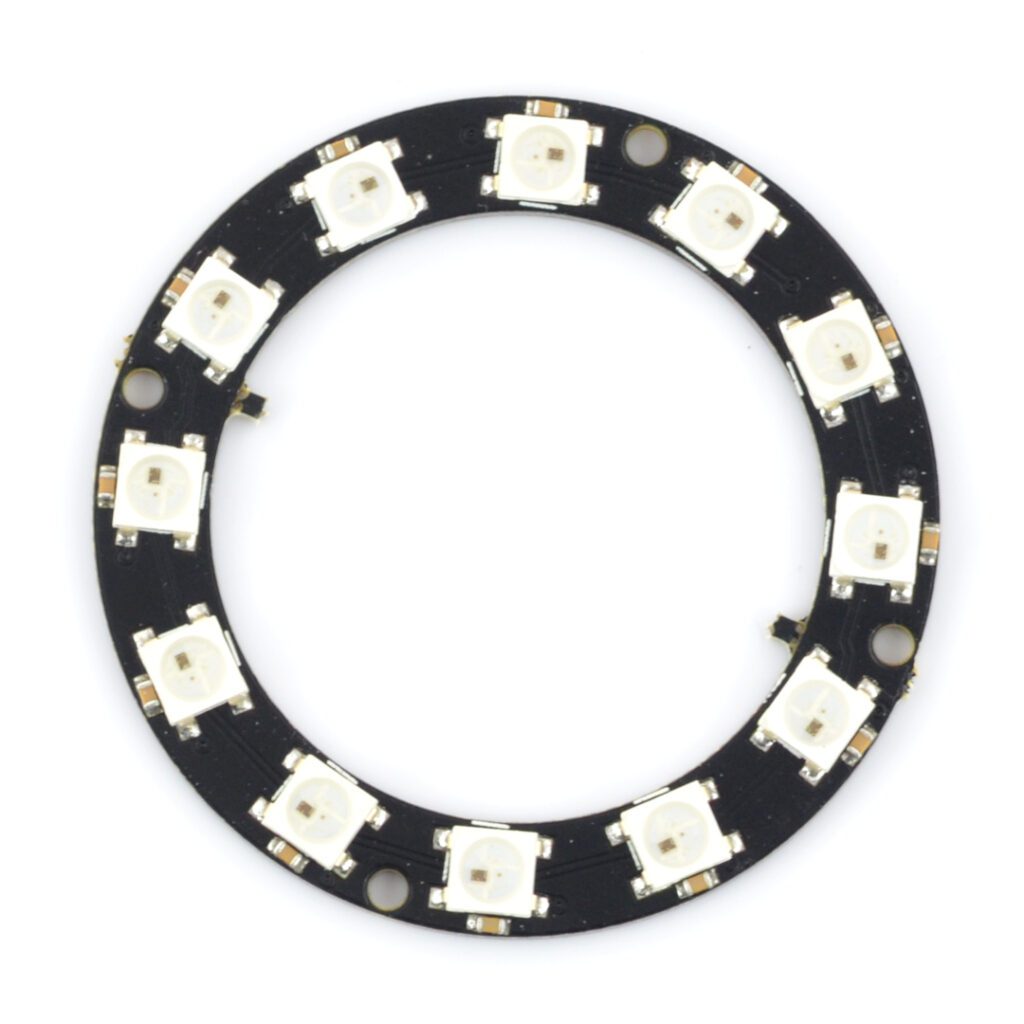Table of Contents:
For electronics enthusiasts, light is much more than a practical solution – it is a fascinating area for exploration, manipulation and the creation of extraordinary visual effects.
RGB LEDs have a special place in it.
They make it possible for lighting to become a medium of artistic expression or a tool for designing the atmosphere in building interiors.
Find out what an RGB LED specifically is, how it works and where you can use it in a practical way.
What is an RGB LED?
An LED, or semiconductor light-emitting diode, is a miniature device that emits light when current flows.
Unlike traditional incandescent bulbs, LEDs do not use a glowing filament, but the phenomenon of electroluminescence, which occurs in a special semiconductor layer.
They are characterized by good energy efficiency, durability and small size, which makes them widely used in various fields, from home lighting to consumer electronics.
The RGB solution in LEDs refers to the ability to generate light in three primary colors: red (Red), green (Green) and blue (Blue).
Each RGB LED consists of three separate diodes in the aforementioned colors, placed on one common substrate.
By controlling the brightness of each of these diodes, the colors can be mixed to produce a wide range of colors.
How does the RGB LED work?
The electroluminescence at the PN junction of an LED is the result of current flow, not applied voltage.
To control the brightness of RGB LEDs, digitally regulated current sources known as Pulse Width Modulation ( PWM) controllers are used.
These circuits modulate the current flowing through the LED through a variable-filling rectangular signal.
Adjusting the brightness involves manipulating the time at which the diode is switched on in a cycle, thus achieving the effect of varying light intensity.
The switching speed of the LED is so high that the human eye does not notice the blinking, but only perceives the average intensity of the light emission at any given time, allowing the brightness of the LEDs to be adjusted smoothly.
Applications of RGB LEDs
The RGB LED, with its ability to generate a variety of colors by mixing red, green and blue lights, is used in many fields.
A few of the main areas in which it is commonly used are:
1. decorative lighting
One of the main applications of RGB LEDs is indoor and outdoor decorative lighting.
Thanks to their ability to emit a variety of colors, these LEDs are ideal for creating lighting effects, for example at events, weddings, or in decorating the interiors of apartments and premises.
2. architectural lighting
In architecture, RGB LEDs are used to illuminate buildings, bridges, fountains and other elements of the urban landscape.
They can change color depending on the circumstances, making it possible to create dynamic and striking scenery.
3. electronic projects
RGB LEDs have also found their place in DIY electronic projects.
Electronics enthusiasts are using them to create smart lighting systems controlled by minicomputers, for example.
With commercially available modules and easy operation, RGB LEDs are becoming a popular item in the hands of hobbyists, inspiring them to create their own innovative projects.
4. stage lighting
In the entertainment industry, RGB LEDs are indispensable for lighting stages, concerts, clubs and mass events.
Thanks to their versatility and the ability to control the color and intensity of the light, these LEDs make it possible to design impressive visual effects that affect the atmosphere of an event.
5. consumer electronics
It should not be forgotten that RGB LEDs are also used in consumer electronics, for example, in televisions, computer monitors, or keyboard backlighting.
Thanks to them, it is possible to achieve better quality visual effects.
What are the advantages of RGB LEDs?
One of the key advantages of RGB LEDs is their exceptional energy efficiency.
Using electroluminescent technology, they convert most of the supplied energy directly into light, minimizing heat loss.
Compared to traditional incandescent bulbs, LEDs use significantly less energy, which translates into savings.
In addition, they have a long life – they are replaced less often than traditional light sources, which also means lower lighting operating costs.
The advantage of RGB LEDs is also the ability to precisely adjust color and brightness.
Thanks to the use of PWM technology, it is possible to dynamically control the light intensity of each of the three component LEDs (red, green and blue).
This makes it possible not only to choose from a wide range of colors, but also to make smooth transitions between them.
The aforementioned advantages make the RGB LED a popular choice in many projects for both professional and hobbyist applications.
How useful was this post?
Click on a star to rate it!
Average rating 0 / 5. Vote count: 0
No votes so far! Be the first to rate this post.




















